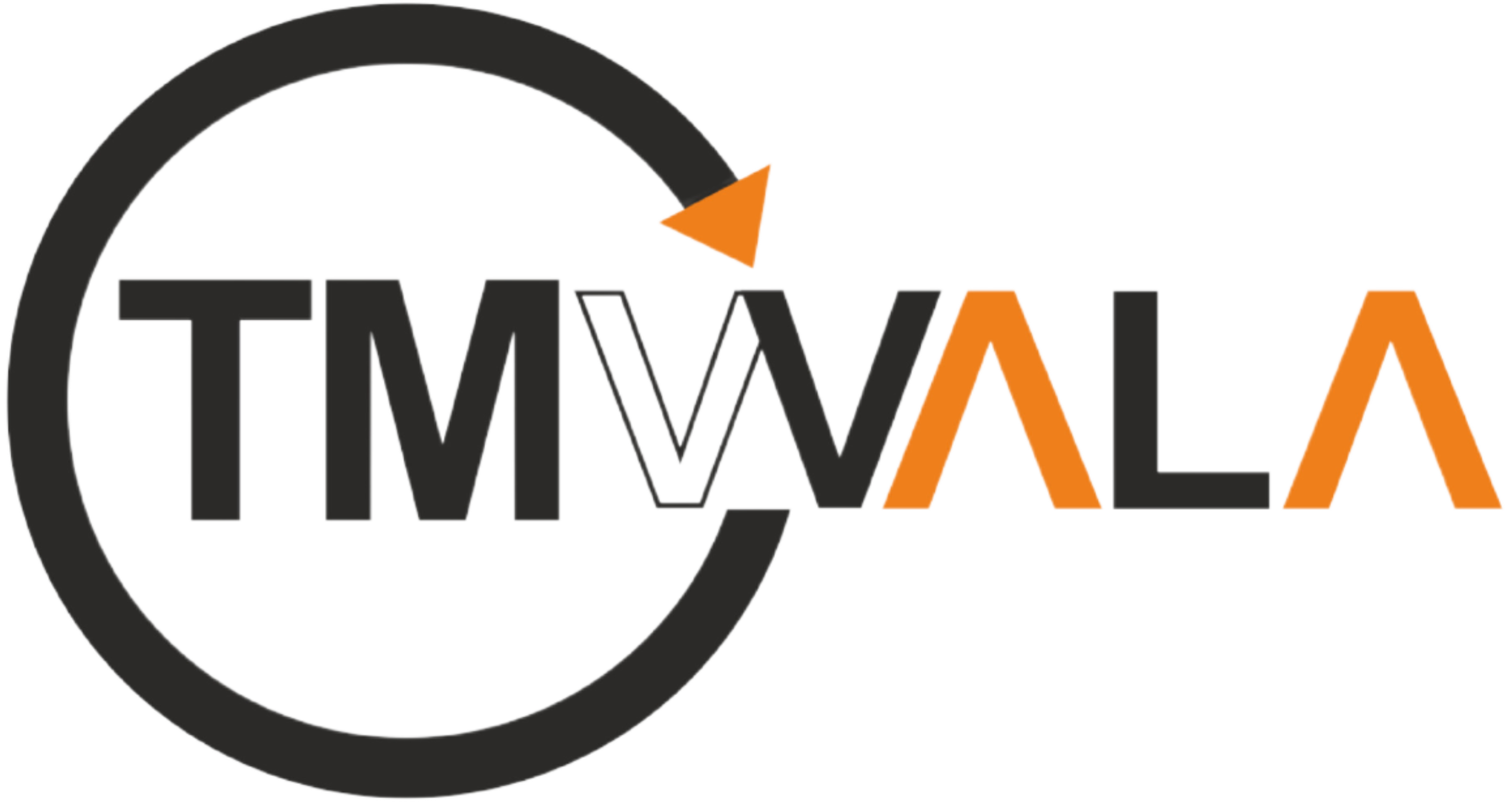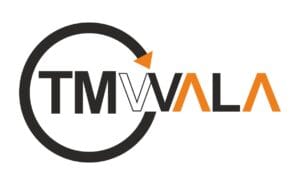When embarking on the journey of innovation, whether you’re an inventor, entrepreneur, or business, conducting a thorough patent search is an essential first step. A patent search not only helps you understand the landscape of existing technologies but also safeguards your invention from potential legal challenges. We will explore the importance of patent searches, how to conduct them effectively, and what to consider for a legally sound and thorough search.
What is a Patent Search?
A patent search involves a detailed examination of existing patents and patent applications to determine whether your invention is novel and non-obvious. The primary goal is to ensure that your invention doesn’t infringe on existing patents and to assess the likelihood of your patent application being granted.
Types of Patent Searches:
- Novelty Search: Determines if an invention is new and has not been disclosed in any prior patents.
- Freedom-to-Operate (FTO) Search: Assesses whether your invention can be commercialized without infringing existing patents.
- Validity Search: Examines the strength and validity of an existing patent, often used in litigation.
- Patentability Search: Determines the likelihood of obtaining a patent based on the novelty, non-obviousness, and utility of the invention.
- State-of-the-Art Search: Reviews existing patents in a particular field to assess the current technological landscape.
Why is a Patent Search Important?
Conducting a patent search is crucial for several reasons:
Avoiding Infringement
A thorough patent search helps you avoid infringing on existing patents, which can result in costly litigation, damages, and even injunctions against the use or sale of your product.
Assessing Patentability
By examining existing patents, you can determine whether your invention is likely to meet the requirements for patentability, including novelty, non-obviousness, and industrial applicability.
Identifying Competitors and Market Opportunities
A patent search provides insights into who is active in your field of invention, allowing you to identify potential competitors and market opportunities. It can also help you identify gaps in the market where your innovation might thrive.
Strategic Planning for R&D
Understanding the current state of technology in your field can inform your research and development (R&D) strategy, helping you to focus on areas that are less explored and more likely to result in a successful patent.
Strengthening Patent Applications
A well-conducted patent search can strengthen your patent application by helping you to craft claims that are clearly distinct from existing patents, increasing the likelihood of approval.
How to Conduct a Patent Search
Conducting a patent search requires a systematic approach to ensure that all relevant patents are identified and analyzed.
Step 1: Define Your Invention
Start by clearly defining the key features and functions of your invention. This includes understanding the problem it solves, how it works, and its unique aspects.
Step 2: Identify Keywords and Classifications
Develop a list of keywords that describe your invention, including synonyms, technical terms, and industry jargon. Additionally, identify relevant patent classifications. Patent offices categorize patents using classification systems such as the International Patent Classification (IPC) or the Cooperative Patent Classification (CPC).
Step 3: Use Patent Databases
Access patent databases to conduct your search. Some of the most commonly used patent databases include:
- USPTO (United States Patent and Trademark Office): Covers U.S. patents and applications.
- EPO (European Patent Office): Provides access to European patents and applications.
- WIPO (World Intellectual Property Organization): Offers access to international patent applications under the Patent Cooperation Treaty (PCT).
- Google Patents: A user-friendly platform that includes patents from various jurisdictions.
Step 4: Conduct a Keyword Search
Start by searching for patents using the keywords you identified. Review the abstracts, claims, and descriptions to determine if any of the patents are relevant to your invention.
Step 5: Conduct a Classification Search
Search by patent classifications relevant to your invention. This can help you identify patents that may not use the exact keywords but are still related to your invention.
Step 6: Analyze Search Results
Carefully analyze the patents you find. Focus on the claims section, as this defines the scope of the patent’s protection. Compare the claims of existing patents with the features of your invention to assess the potential for infringement.
Step 7: Document and Organize Your Findings
Keep detailed records of the patents you review, including notes on their relevance to your invention. This documentation will be valuable if you decide to proceed with a patent application or if your invention faces a challenge in the future.
Legal Considerations in Patent Search
A patent search is not just a technical exercise; it has significant legal implications.
Determining Novelty and Non-Obviousness
To be patentable, an invention must be novel and non-obvious. Novelty means that the invention has not been disclosed in any prior art (including patents, publications, or public use). Non-obviousness means that the invention is not an obvious improvement over existing technologies to someone skilled in the field.
During a patent search, you’ll need to assess whether existing patents disclose the same or similar inventions. Even if your invention is not identical to existing patents, it may be considered obvious if it is a predictable improvement.
Freedom to Operate (FTO) and Infringement Risks
An FTO search is crucial if you plan to commercialize your invention. This search assesses whether your product or process infringes on existing patents. Even if your invention is patentable, you could still infringe on existing patents, leading to legal challenges.
If your search reveals potential infringement risks, you may need to design around the existing patents, seek a license from the patent holder, or reconsider your commercialization strategy.
Validity of Existing Patents
If you’re considering challenging an existing patent or defending against a patent infringement claim, conducting a validity search is essential. This search examines whether the existing patent was rightfully granted by reviewing prior art that may not have been considered during the original patent examination.
Ethical and Professional Responsibility
If you’re conducting a patent search on behalf of a client or employer, it’s important to adhere to ethical and professional standards. This includes conducting a thorough and honest search, avoiding conflicts of interest, and maintaining confidentiality.
Common Challenges in Patent Search
Patent searches can be complex and time-consuming, with several challenges:
Incomplete Information
Not all relevant patents may be accessible through online databases, especially if they are recent applications that haven’t been published yet. Additionally, patents filed in certain countries may not be available in global databases.
Broad or Narrow Claims
Patents with overly broad or narrow claims can complicate your search. Broad claims may cover a wide range of inventions, while narrow claims may be highly specific, making it difficult to assess potential overlaps.
Language Barriers
Patents filed in different languages can pose a challenge. While many databases offer translations, nuances in language can affect the interpretation of patent claims.
Technological Complexity
If your invention involves cutting-edge or highly technical fields, understanding the existing patents may require specialized knowledge. In such cases, collaborating with a technical expert or patent attorney can be beneficial.
Best Practices for Effective Patent Search
To ensure a successful patent search, consider the following best practices:
Start Early
Begin your patent search as early as possible in the development process. Early identification of potential conflicts can save time and resources by guiding your R&D efforts.
Use Multiple Databases
Relying on a single patent database can lead to incomplete results. Use multiple databases to ensure a comprehensive search.
Regularly Update Your Search
Patent landscapes evolve, with new patents being filed regularly. Periodically update your search to stay informed about new developments that may impact your invention.
Consider Professional Assistance
If your invention is highly valuable or complex, consider hiring a patent attorney or search professional to conduct the search. They have the expertise and resources to conduct a thorough and legally sound search.
Document Your Search Process
Maintain detailed records of your search process, including the keywords, classifications, databases used, and the patents reviewed. This documentation can be invaluable if you need to defend your patent or challenge an existing one.
Conclusion
A patent search is a critical step in the innovation process, helping to ensure that your invention is truly novel and free from infringement risks. By understanding the importance of patent searches, following a systematic approach, and considering legal implications, you can protect your intellectual property and position your invention for success in the market. Whether you’re an individual inventor or a business, a thorough patent search is an investment in the future of your innovation.
FAQs
1. What is a patent search, and why is it important?
A patent search is a detailed review of existing patents and applications to determine if an invention is novel, non-obvious, and free from infringement risks. It helps avoid legal disputes and strengthens patent applications.
2. What are the different types of patent searches?
The main types are novelty search, freedom-to-operate (FTO) search, validity search, patentability search, and state-of-the-art search—each serving a specific purpose in the innovation process.
3. How does a patent search help me avoid infringement?
By identifying existing patents that might cover similar technology, you can design around them, seek licenses, or adjust your invention to avoid legal conflicts.
4. What is the difference between novelty search and FTO search?
A novelty search checks if your invention is new, while an FTO search determines whether you can commercialize your invention without infringing on active patents.
5. Which patent databases should I use for a search?
Commonly used databases include USPTO, EPO, WIPO’s PATENTSCOPE, and Google Patents. Using multiple databases ensures a more comprehensive search.
6. What steps are involved in conducting a patent search?
Define your invention, identify relevant keywords and classifications, search databases, review results, analyze claims, and document your findings.
7. Can I conduct a patent search myself, or should I hire a professional?
You can conduct basic searches yourself, but for complex inventions or high-value projects, hiring a patent attorney or search professional ensures thoroughness and legal accuracy.
8. What are common challenges in patent searches?
Challenges include incomplete information, overly broad or narrow patent claims, language barriers, and the complexity of technical subject matter.
9. How often should I update my patent search?
It’s best to update your search regularly, especially during the R&D phase, since new patents are filed frequently and could impact your invention.
10. What should I do if I find a similar existing patent?
You may need to modify your invention, pursue a license, or consult a patent attorney to explore ways to overcome the overlap.















